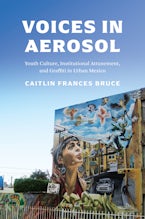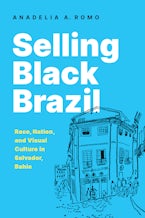The Mexican revolution of 1910–1920 gave rise to an artistic explosion that was felt most profoundly in printmaking. The left-wing government viewed art as an important vehicle for education and the promotion of revolutionary values. It established a program to cover the walls of public buildings with murals and set up numerous workshops to produce prints for wide distribution. By the 1930s, Mexico was attracting socially committed artists from all over the American continent and beyond, ready to do battle for a new aesthetic as well as a new political order. Diego Rivera, a key figure in the art of revolution, became one of the most celebrated artists in the world.
Starting with works by José Guadalupe Posada, who was adopted by the revolutionaries as the archetypal printmaker for the people, Revolution on Paper features prints by thirty-five artists, including the "Three Greats" of Mexican art of the period—Rivera, José Clemente Orozco, and David Alfaro Siqueiros. The selection includes not only single-sheet artists' prints, but also posters addressing social and political issues, and illustrated books on many different subjects. Images of the revolutionary hero Emiliano Zapata, scenes of poverty, hunger, and oppression, and posters protesting against fascism and the war in Europe contrast with representations of Mexican history and idealized rural life that express what was regarded as typically "Mexican." Introductory essays by Dawn Adès and Alison McClean set Mexican printmaking in its artistic and political context. Concise biographies of the artists, a chronology, and a glossary of printmaking terms complete the book.












